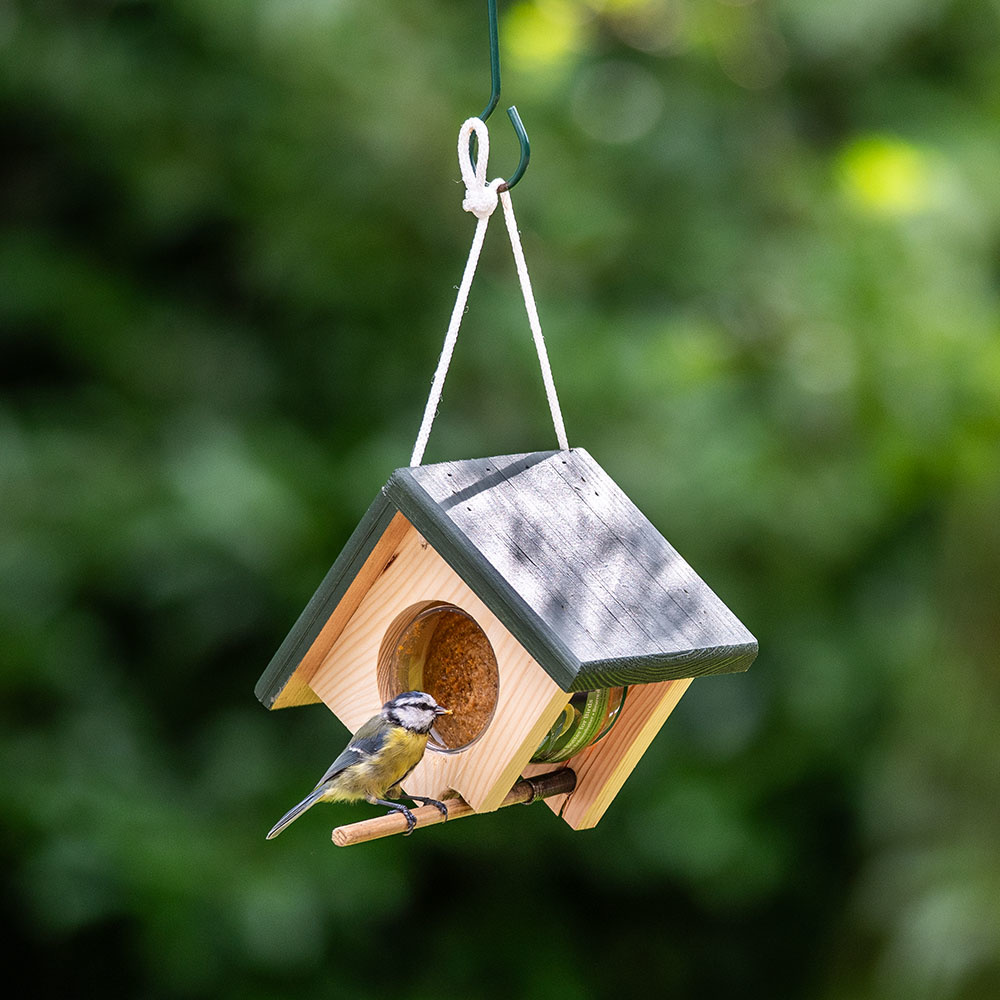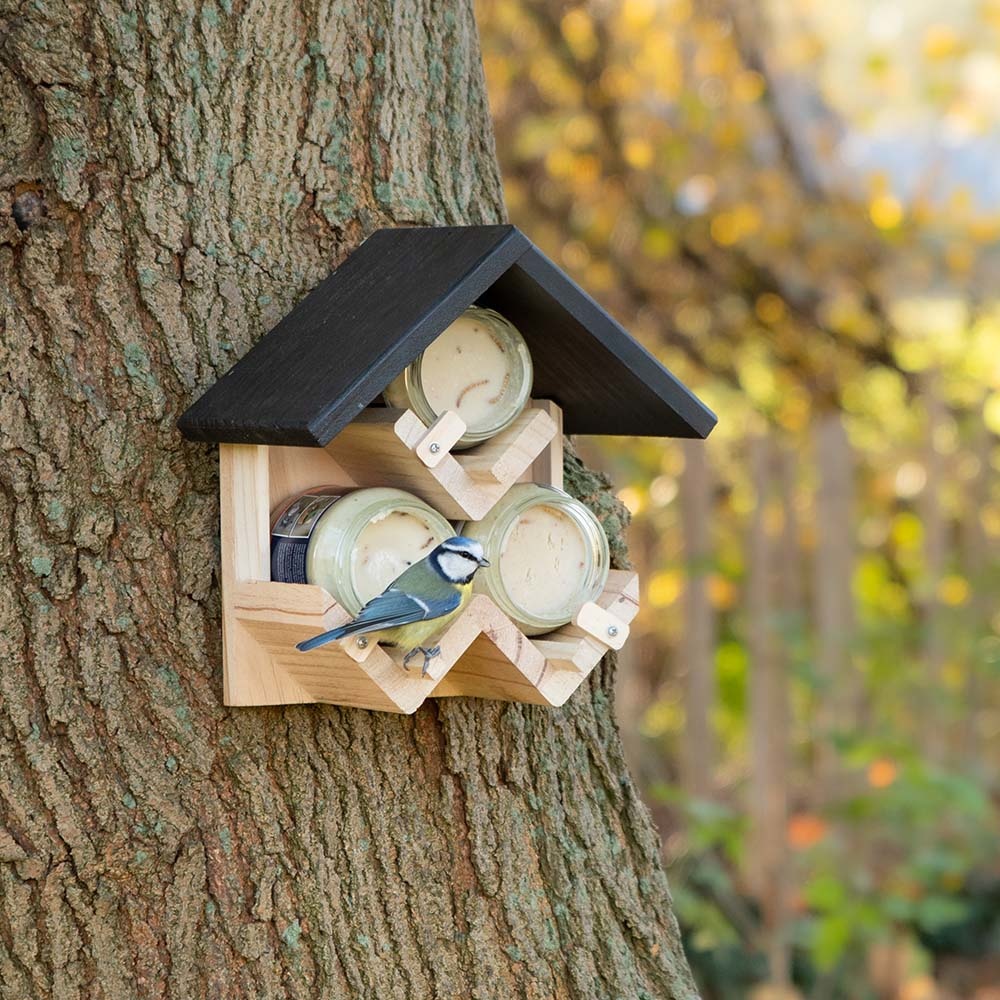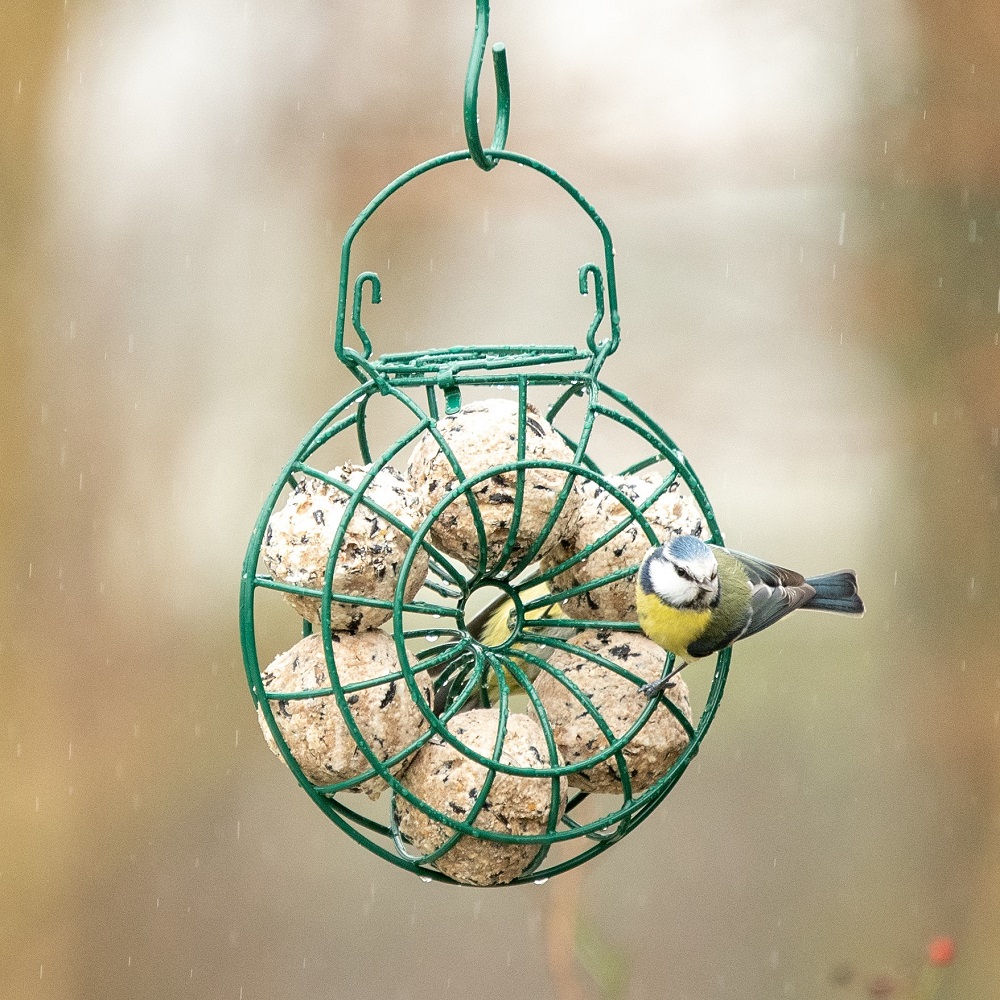A bird feeder is a valuable support for wild birds, especially during the colder months. To ensure that birds use it regularly and safely, the location must be carefully chosen. Here, you will learn how to find the best place for your bird feeder.
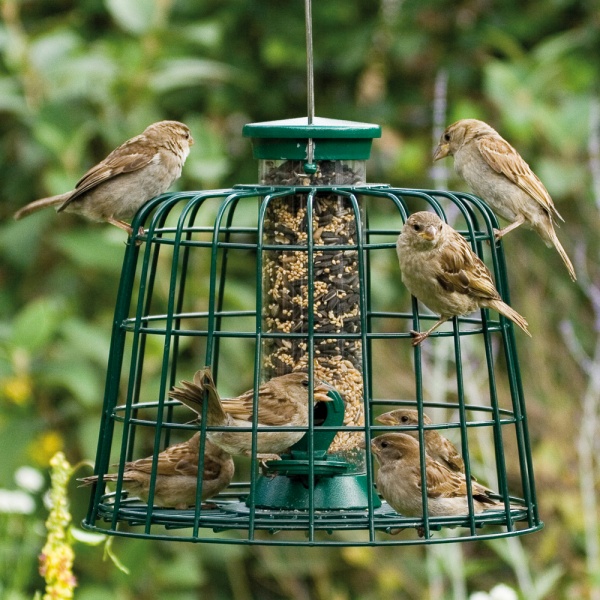

Why is the right location so important?
The placement of a bird feeder affects how well it is accepted by birds and how safely they can feed. A poorly placed feeder can lead to:
-
Predators like cats easily reaching the birds
-
Food getting wet and spoiling
-
Birds colliding with windows
-
An unstable or hard-to-reach feeder
By choosing the right location, you can prevent these problems and provide a safe, reliable feeding station for birds.
The best place for a bird feeder
1. Protection from predators
Birds feel safe when they can feed without the threat of predators, especially cats. Make sure that:
-
The feeder is at least 2 meters away from bushes or hiding spots for cats
-
It is placed at least 1.5 to 2 meters high
-
There are no low branches or ledges nearby that cats could use to jump onto the feeder
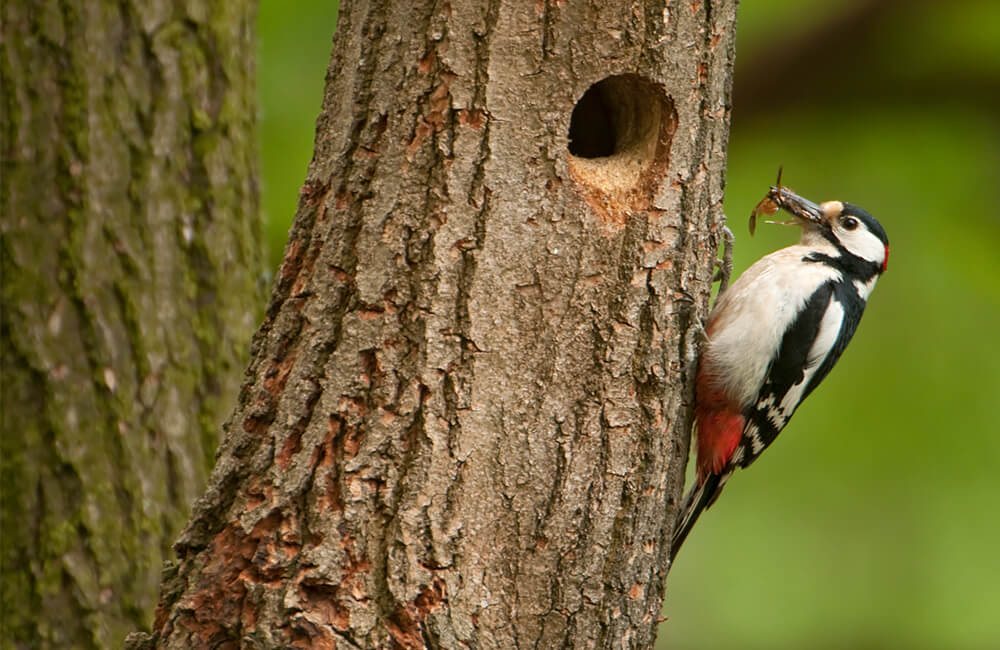

2. Cutting the wood pieces
The bird feeder should be protected from rain, snow, and strong winds. The best locations are:
-
Near a house wall or under a tree canopy for added protection
-
Under a roof or shelter, if it is a hanging feeder
A wind-protected location also helps prevent food from being blown away and keeps it dry longer.
3. Distance from windows
Many birds die from collisions with glass surfaces. To reduce this risk:
-
Place the feeder either very close to a window (less than 1 meter away) so birds cannot gain enough speed for a dangerous collision
-
Or at least 5 meters away, so they can recognize obstacles in time
Additionally, window stickers or patterns can help birds avoid collisions.
4. Good visibility for birds
Birds must be able to spot the feeder easily to find it quickly. The ideal location is:
-
Near trees or shrubs, which offer natural cover
-
In an open garden space, where birds can approach and escape easily
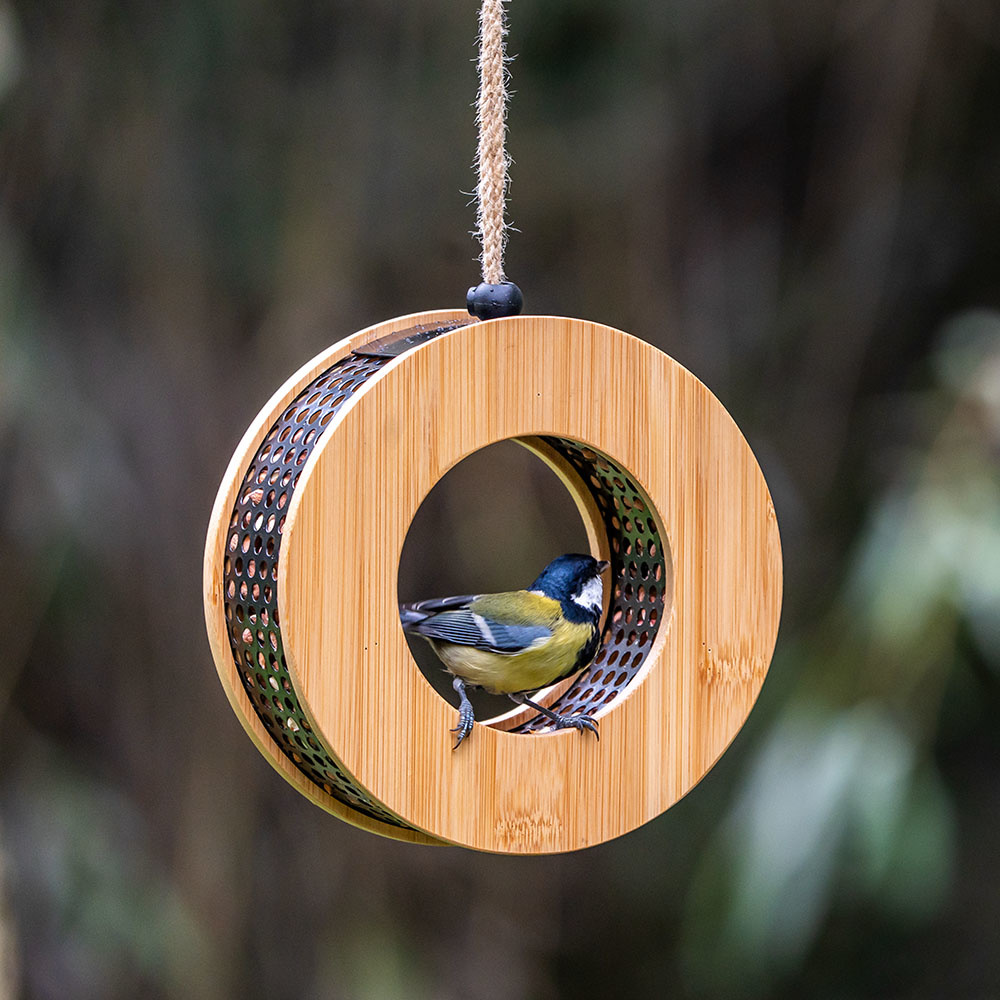
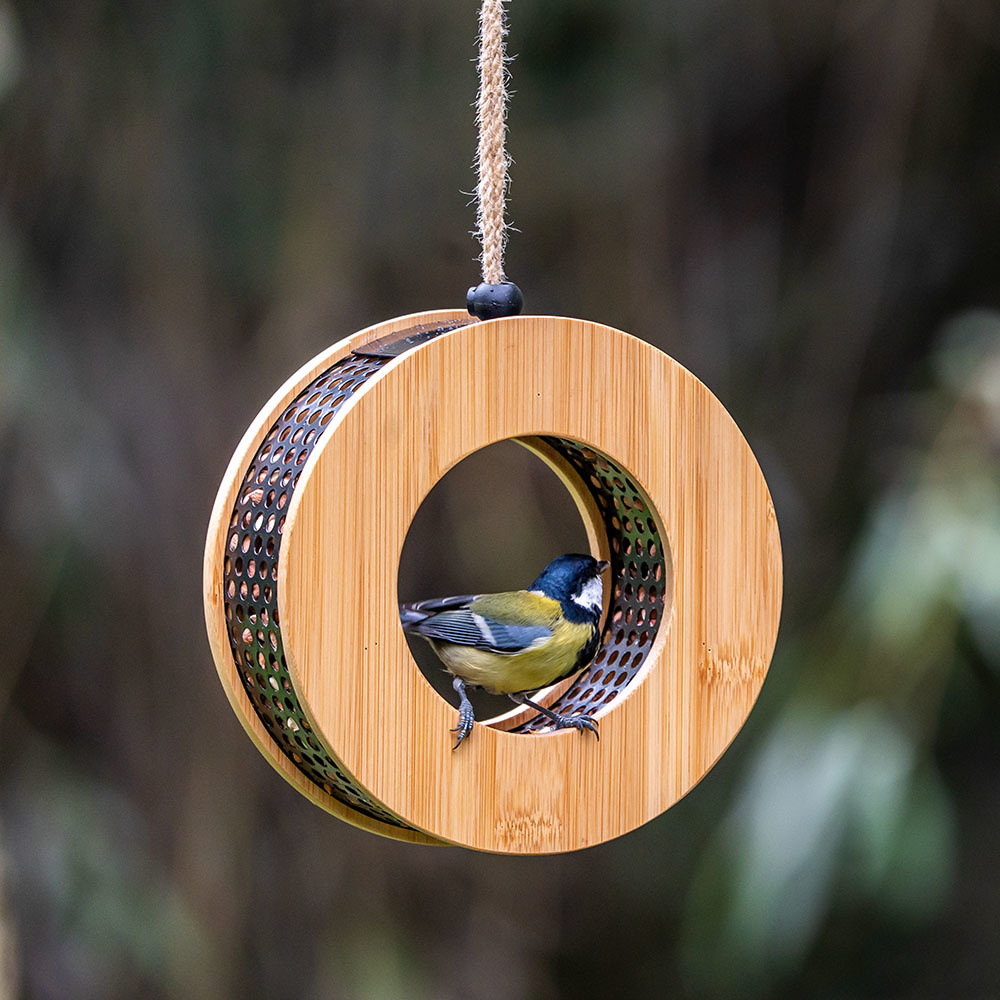
5. Easy access for maintenance
Besides considering the birds' needs, the feeder should also be convenient for you. Make sure it is:
-
Easy to refill
-
Simple to clean to prevent disease transmission
-
Securely mounted on a stable hook or pole, so it does not wobble or fall
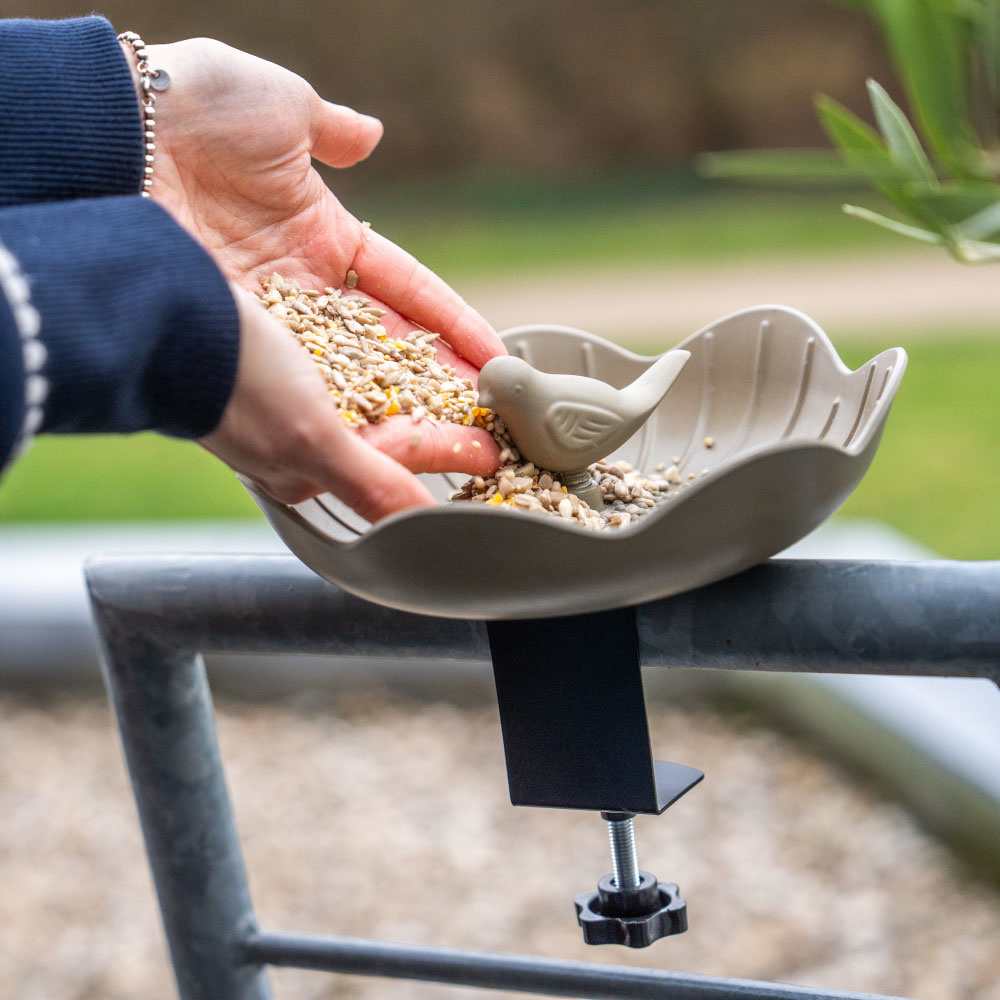
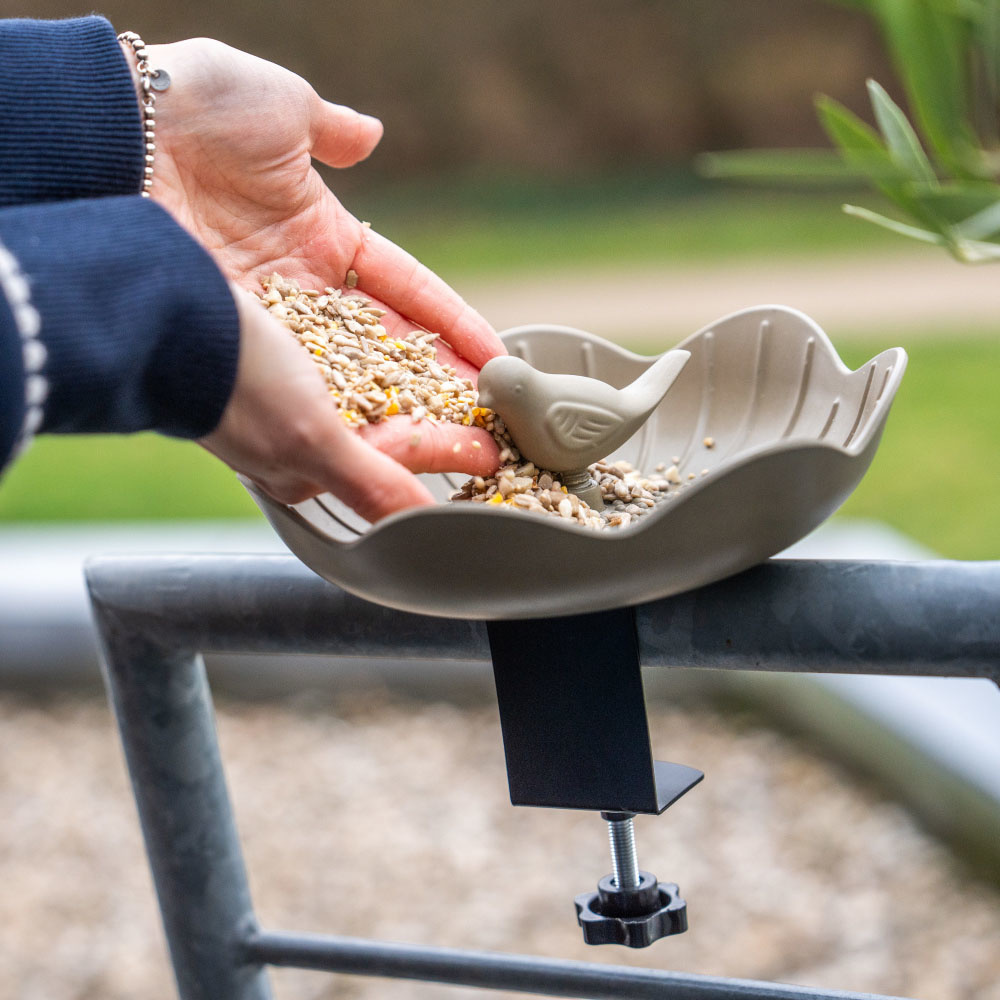
Types of feeding stations
Depending on your garden size and the bird species you want to attract, you can choose different types of feeders:
| Type of Feeder | Benefits | Best Locations |
| Hanging bird feeder | Protects from ground predators, less food waste | On a sturdy tree branch, hook, or feeding pole |
| Tube feeder | Keeps food dry, hygienic | Mounted on a wall, balcony, or hanging freely |
| Feeding table | Good for ground-feeding birds like blackbirds | On a raised platform or sheltered garden corner |
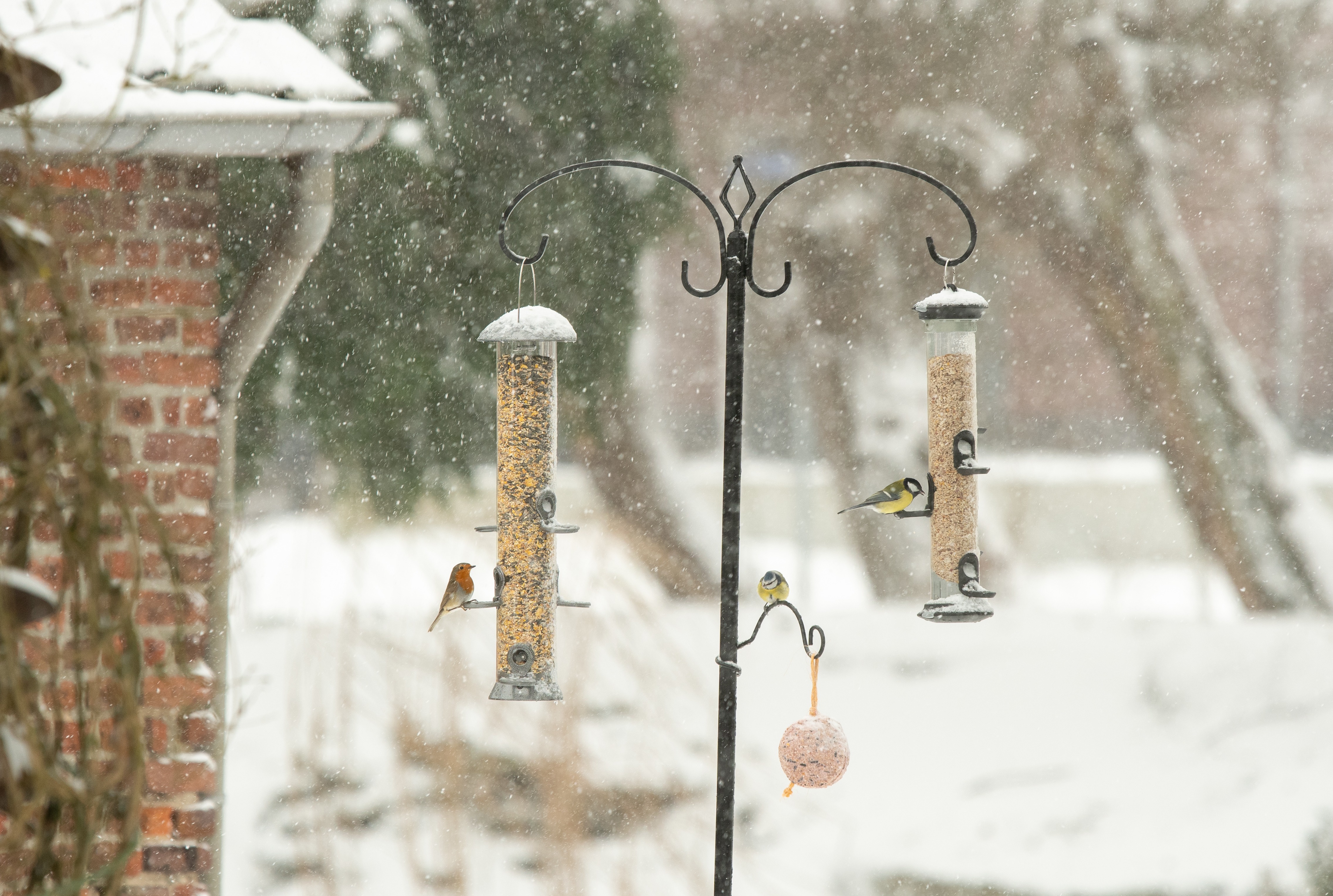
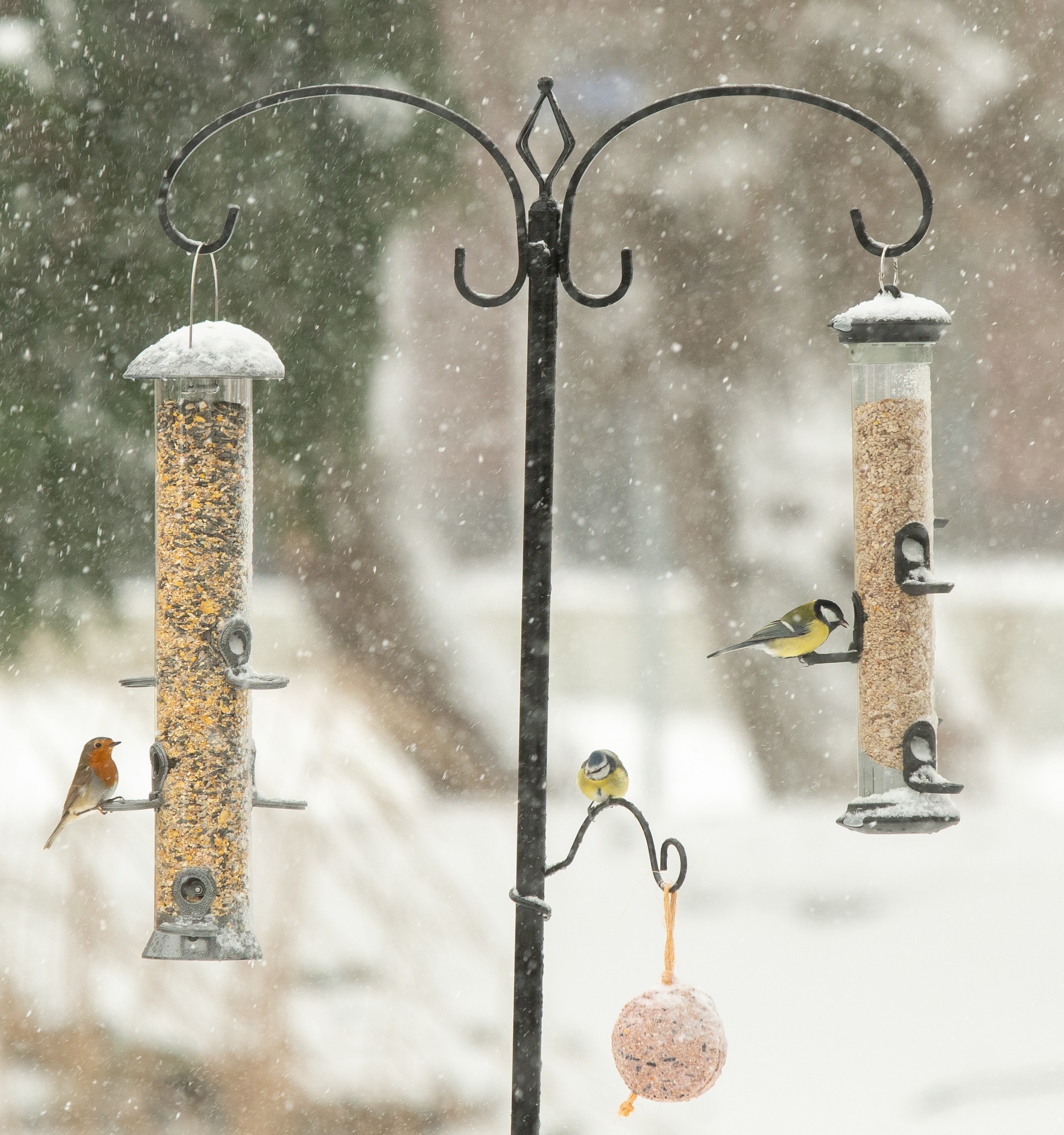
When should you put up a bird feeder?
Birds benefit from food all year round, but especially:
-
In winter, when natural food sources are scarce
-
In spring, to provide extra energy for breeding birds
-
In late summer and autumn, to help young birds survive
Choosing the right location for a bird feeder is crucial for the safety and comfort of birds. Ensure protection from predators, weather, and windows while placing the feeder in a visible and easily accessible spot. This way, you can attract regular visitors and provide wild birds with valuable support.

